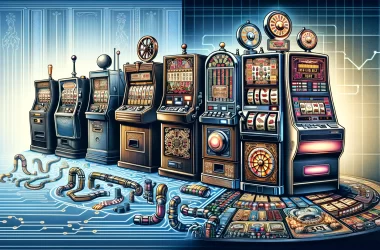Casinos must be able to meet the demand for their games at optimal utilization to maintain profitability and maximize revenue. The key difference between profitable and unprofitable casinos is in their capacity to service patrons. While Casino A is more profitable and generates more revenue per table, the capacity at its tables is only 32% full. In contrast, Casino B generates less profit per table but services its patrons at optimal utilization. It must also open its doors during peak hours and sacrifices some revenue in order to meet demand.
Casinos calculate offers based on many factors, including the amount of money spent and length of play. The more time a player spends playing, the more likely the casino will be able to send them larger offers. Casinos do this to increase their revenue. As a result, the average time that a player plays in a casino is around four hours.
When a person gambles at a casino, they typically consume a large amount of alcohol. This reduces inhibitions and clouds judgment. Many casinos serve free alcohol on the premises, so players are often tempted to consume large amounts. In addition, the casino environment is deliberately designed to be chaotic, with no clear paths.
Aside from table games, casinos also offer other types of gaming. These include poker games, tournaments, and other competitive forms. These types of games are typically played in a casino by a dealer. A casino may also offer other forms of gaming, such as slot machines, which feature a competitive element.
Many casino games use random number generators (PRNGs) to ensure a fair game. In games without dealers, PRNGs function as automated card shoe shufflers. They can also be used for basic activities such as flipping a coin. Casinos use this type of system because it constantly generates random numbers that are transformed into different game elements. For example, the RNGs determine the symbols on reels in online slots, numbered slots on a roulette wheel, hands dealt in card games, and dice games.
One of the most critical decisions for a casino operator is how to maximize the number of available gaming positions. In general, maximizing gaming position utilization requires balancing the needs of players with the requirements of the casino. The amount of available seating and game-tables can make or break a casino’s profitability. For example, a casino may opt to create private tables for each player. This way, the casino can maximize the profits from a set of customers while still maintaining a reasonable number of tables.
Another important consideration for casinos is the amount of time a player spends on a gaming device. If a player spends more time playing a game than expected, he will have a higher handle. But if he spends less time at the table, the casino will lose money. This is because the average payout will be lower than the total wagers.












